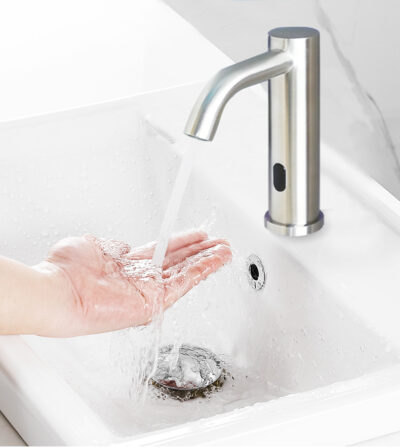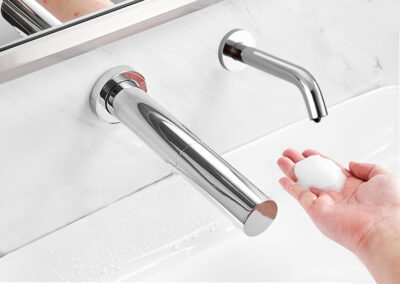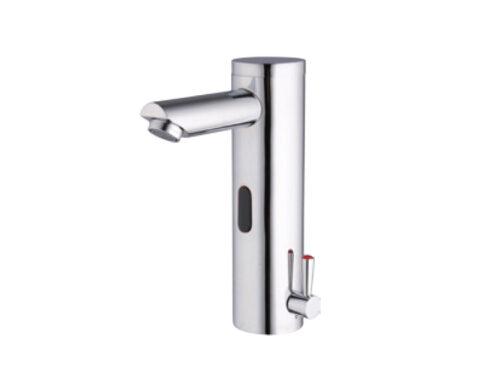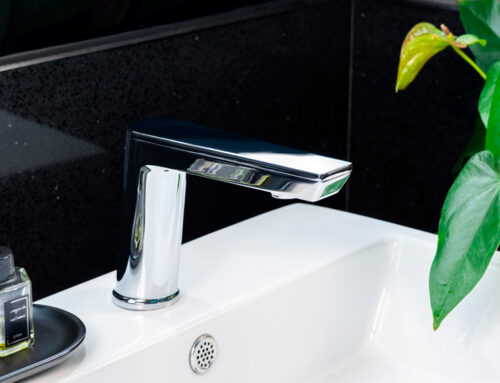COVID-19 has highlighted the importance of hand washing. In today’s society, COVID-19 has spread all over the world and hardly a single region has not been affected. The speed of transmission and staggering death rates have led many countries to take steps to prevent the spread of COVID-19, and in all of these, hand washing is very important. Hand washing has received significantly /considerable attention during the COVID-19 pandemic. It’s a simple primary prevention measure that most people can take on their own. Washing hands with soap and water for at least 20 seconds or using an alcohol-based hand sanitizer when soap and water are not available is the first line of defense to stop the spread of infection.
In bathrooms with manual faucets, handles are a prime breeding ground for bacteria. Touching the faucet handle after washing your hands will only recontaminate your hands and reverse many of the benefits of the original wash. While some experts recommend that restroom visitors use paper towels to turn off the taps, the reality is that users either don’t know the advice, don’t care about following it, or the restrooms don’t have paper towels at all.
Therefore, automatic touchless faucets help improve hand washing hygiene. The advantages of sensor taps are not limited to public toilets, but extend to almost any other type of hand washing station, especially in applications that require the highest level of cleanliness. Proper hand washing, for example, is especially important for healthcare workers, as it not only helps prevent you from catching germs but from spreading them, too – especially to others who may be more susceptible to illness.
Infrared technology is most commonly used for hands-free activation of sanitary ware such as sensor faucets to increase accessibility for users, even children or disabled people, improving overall hygiene and toilet cleanliness. Electronic plumbing fittings provide hygienic, touchless operation while saving water and energy, as they only dispense water when the sensor detects a user and can also limit water supply time.
What are the steps to proper hand washing?
1. With a touchless sensor faucet, just put your hand in the sensing range, then water flows out, and stops automatically when removing your hands.
2. Completely wet hands with water.
3. With an automatic soap dispenser, dispense soap into the palm of one hand without touching any surface.
4. Scrub all surfaces of the hands, including between the fingers, vigorously for at least 20 seconds.
5. Rinse hands under running water.
6. Dry your hands with a touchless hand dryer automatically
No contact throughout the process of hand washing, keep hygienic, safe, and clean.
Cleaning your hands—whether with soap and water or using hand sanitizer—may seem like a small action, but it can have a big impact on your health.





